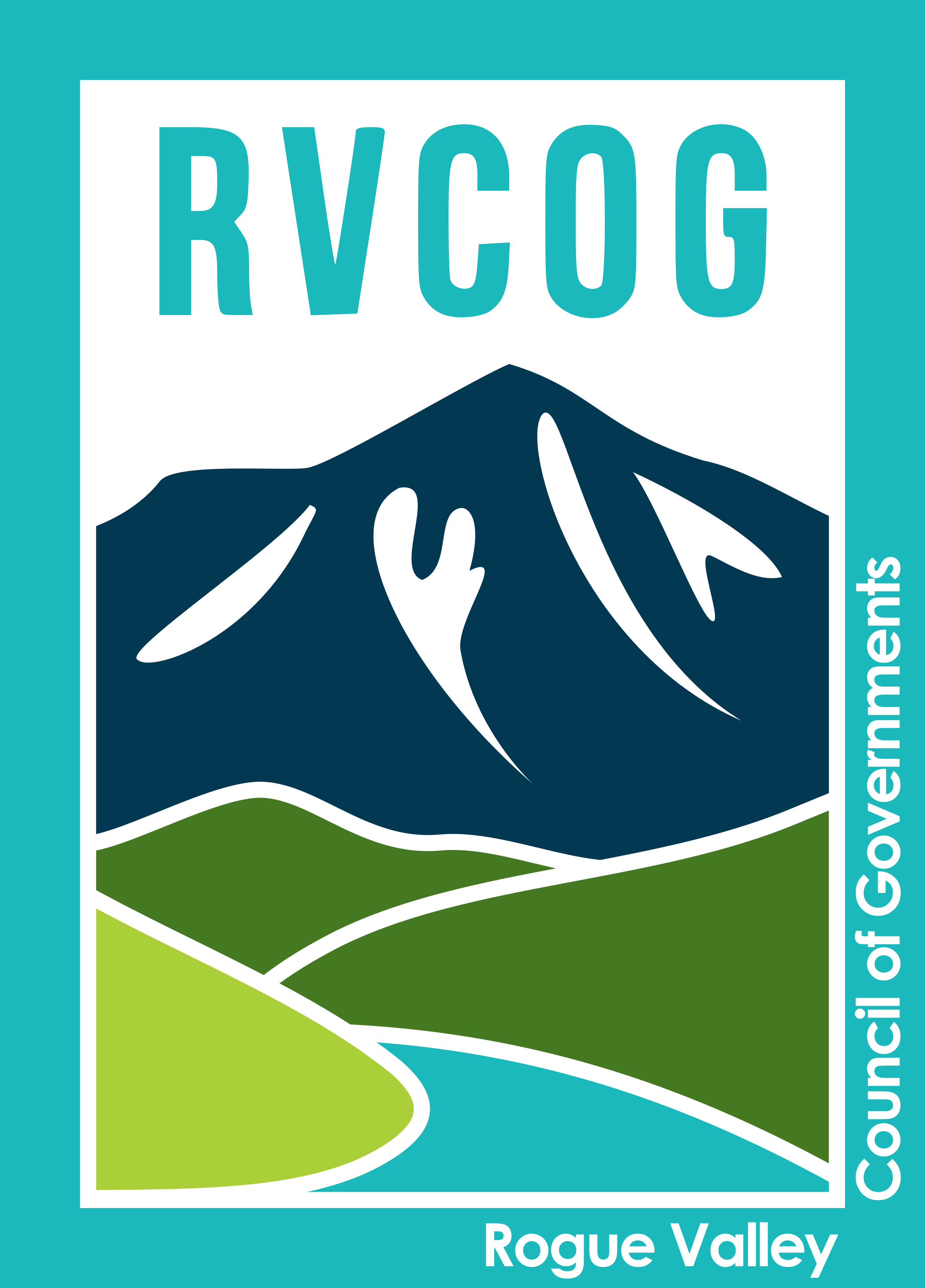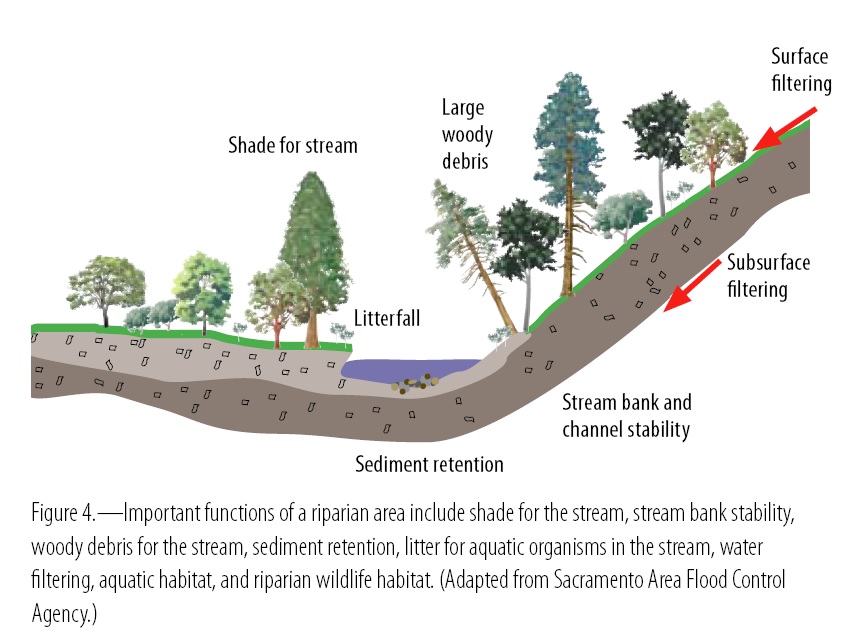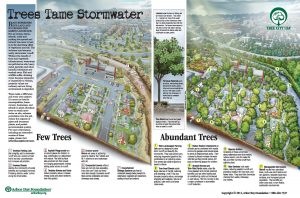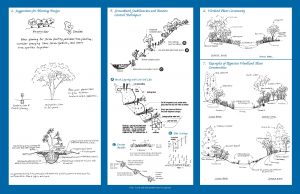Rogue Valley Council of Governments
Bringing Back the Natives
RVCOG’s Natural Resources Department initiated a Riparian Restoration program in 2003. The program started in the Bear Creek Watershed with local TMDL programs and focused on the main stem of Bear Creek and its tributaries (e.g., Lazy Creek). The primary goals of the program were to control invasive species and to establish (or re-establish) native species historically found in the watershed. Early partners in the program included the J. Herbert Stone Nursery (USFS), the Bureau of Land Management, O.S.U. Extension, the Bear Creek Watershed Education Partners, the City of Medford, and the Bear Creek Watershed Council.
The program has expanded into the Rogue Basin and now involves numerous partner organizations including municipalities, agencies, watershed groups, nurseries, and groups providing labor (e.g., Community Justice Crew).
Improving riparian corridor conditions by planting native species provides a number of benefits that contribute to healthy watersheds and local programs, such as the TMDL program. Planting native species produces the following benefits: increased shade and cooler water temperatures, pollutant filtration, stream bank stability, habitat for wildlife and birds, invasives/exotic species control, and long-term stream habitat once trees fall over (cold water refugia as pools are created).
General guidance for the program including invasive species management strategies, plant recommendations, maintenance guidance, planting locations (maps), and planting prescriptions can be referenced from our Planting Plan Homepage.





